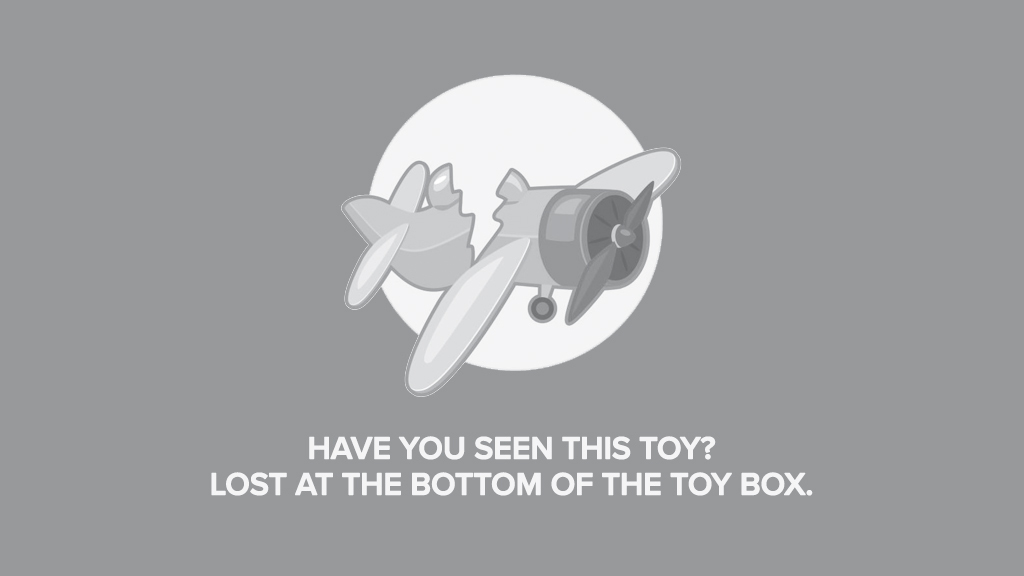Third in a series of posts on preparing for the annual trade event
by Julie Livingston, director, business development and accounts, Child’s Play Communications, New York City
With Toy Fair less than a month away, how will you engage the media to ensure coverage for your toys or youth entertainment products? Here at Child’s Play, we’ve been working overtime to fine-tune our media lists and pitches on behalf of clients. This week’s post will include some of our tried and true strategies and tactics for pitching the press.
Think Like a Journalist
With less space for toy coverage and so many exhibitors to see—more than 1,000 at the Javits Center alone, as well as those in private showrooms across New York City—reporters are pressed for time. So, when choosing media channels to pitch, focus on the “why”/reason an outlet would be interested, to determine the “where”/ specific outlets to concentrate on.
Prior to Toy Fair, many journalists will do an online search, hunting for toys that are a match for the following themes, so post your press release on all company social media platforms incorporating the following key themes and key words.
- Tech, “connected” toys and apps, especially those that are a) highly demonstrable, b) skill-focused, c) related to a video game or viral sensation
- Noted character or entertainment brands celebrating special milestones
- Celebrity or pop culture-inspired
- Interesting business, cause-marketing, or quirky entrepreneurial angles.
- Stories with a hometown connection (of interest to regional press representatives)
Create a Toy Fair Media List
Typically, the media outlets that cover Toy Fair include: regional and local media, and national broadcast and print publications. Reporters covering the following beats will be of key importance: lifestyle, entertainment (particularly those who cover celebrities or licensing news), family/parenting and youth reporters and business. The toy and licensing trade publications will most certainly have a presence at the show as well.
“Cherry pick” the individual reporters you wish to pitch. Be selective and avoid sending press materials to everyone on the staff; this can be more of an annoyance and a hindrance.
If you don’t have a subscription to a professional media database service, you may want to consider buying a list for one-time use from a service like Burrelles/Luce. To bolster press release distribution for Toy Fair, enlist a service such as PR Web. A Google search for recent toy news coverage can also uncover additional media outlets.
If your company was a 2011 Toy Fair exhibitor and/or a current Toy Industry Association member, you can request a 2011 Toy Fair media list. Although a year old, this list is a good starting point. Note that for companies in the tech toy sector, media coverage of the 2012 Consumer Electronics Show, which took place in January, can provide additional media contacts.
Niche Media Coverage
It can be extremely challenging to get your little-known (but creative) product featured in a top-tier media outlet like The New York Times or USA Today. However, there are many opportunities in niche media and popular blogs which are specific to the theme or trend you are promoting. Examples include: technology (Wired, Popular Science, Fast Company); fashion or celebrity dolls (Women’s Wear Daily, In Style, People).
Connect with the Media on Social Networks
The importance of social media to increase visibility before, during, or after Toy Fair can’t be emphasized enough. Be sure to post your press releases, and even “teaser” announcements, on all company social media platforms so they come up in search. If you or your company has a robust following on Facebook, Twitter, YouTube, Flickr, or LinkedIn, ask your followers if they are going to or covering Toy Fair. This is an easy way to set up appointments with journalists and bloggers, too.
Although your website is still important and necessary, research indicates a shift to Facebook as the “go-to” information source. That said, make sure basic facts about your company, brand, and driver products are posted.
Draw attention to the visual qualities of toys or entertainment products by maximizing Facebook, Flickr, and YouTube to post videos (including sizzle reels) and photos. Populate these platforms to showcase what makes your product stand out from the rest.
On Twitter, follow key journalists, writers, and producers who are tweeting about Toy Fair. Additionally, watch for trends by doing an “active search” and create a Toy Fair journalist list, which will naturally draw more attention to your company’s Twitter page.
Follow Up
Once your press materials go out, make follow up calls. Practice beforehand (I often refer to a short script) so your message is clear and succinct. If leaving a voicemail, be sure to speak slowly and clearly, and leave your contact information.
Ignite Visual Electricity
Camera crews walking through the aisles at Toy Fair will be scoping out the most exciting visual displays. If you have a friendly, colorful costumed character, live demonstrator (particularly effective with “performance” toys, such as juggling balls), a larger-than-life version of your product (which should be at least six feet tall) or one with moving parts; an engaging environment (such as a cool-looking child’s bedroom) that can serve as a backdrop for a live remote or b-roll footage from the show floor, your exhibit may attract additional attention. For years, the humongous Radio Flyer wagon display, strategically positioned at the entrance to the company’s exhibit space, acted as a Toy Fair landmark and subsequently appeared in hoards of media photos and broadcast segments.
Coming next week: Tips for working with toy industry experts and bloggers.
About the author
A strategic communications expert, Julie Livingston has spent the past decade immersed in the toy and youth entertainment sectors. Before joining Child’s Play Communications, specialists in reaching moms, she was senior director of public relations for the Toy Industry Association, and earlier served as director, corporate communications for Scholastic, Inc, the global children’s publishing, education, and media company.
To read Tip 4, click here.


